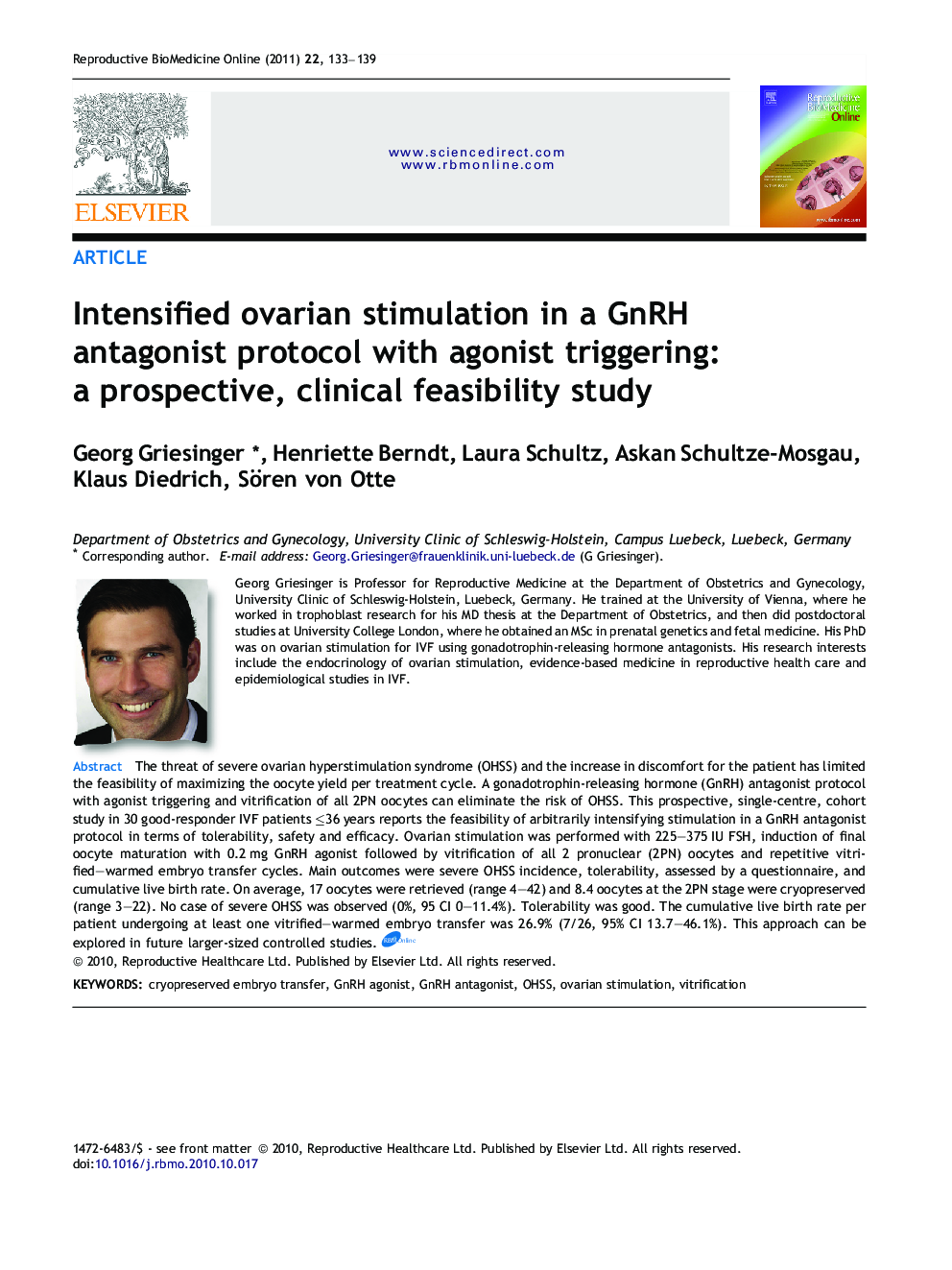| Article ID | Journal | Published Year | Pages | File Type |
|---|---|---|---|---|
| 3971267 | Reproductive BioMedicine Online | 2011 | 7 Pages |
Abstract
The more oocytes that are available after ovarian stimulation, the more often a patient can undergo an embryo transfer when frozen-thawed cycles using cryopreserved embryos are taken into account. However, the feasibility of retrieving a large number of oocytes has so far been hampered by the risk of ovarian hyperstimulation syndrome (OHSS). An approach combining a gonadotrophin-releasing hormone (GnRH) antagonist protocol stimulation with agonist triggering of final oocyte maturation and vitrification of all 2 pronuclear oocytes eliminates the risk of OHSS. Herein we report the feasibility of arbitrarily intensifying stimulation in a GnRH antagonist protocol in terms of tolerability, safety and efficacy. It was found in a small study on young patients that harvesting a large number of oocytes (on average 17) is not associated with poor tolerability or an increased risk of OHSS. The live birth rate after vitrified-thawed embryo transfers was 26.9%. Thus, this approach can be studied in larger-sized controlled trials.
Keywords
Related Topics
Health Sciences
Medicine and Dentistry
Obstetrics, Gynecology and Women's Health
Authors
Georg Griesinger, Henriette Berndt, Laura Schultz, Askan Schultze-Mosgau, Klaus Diedrich, Sören von Otte,
